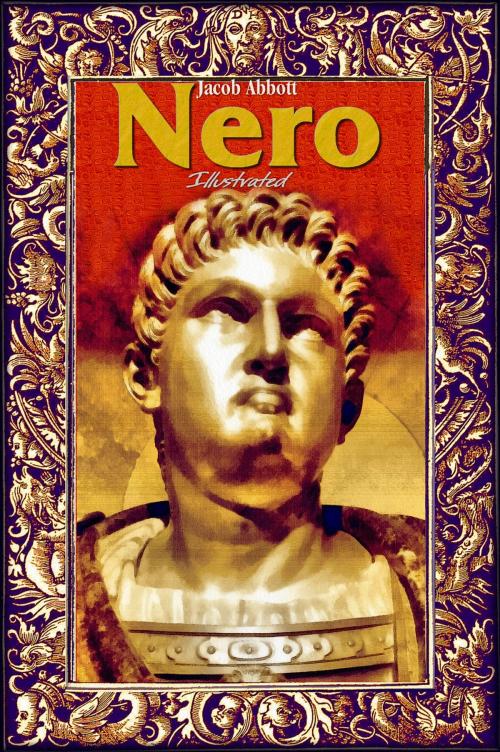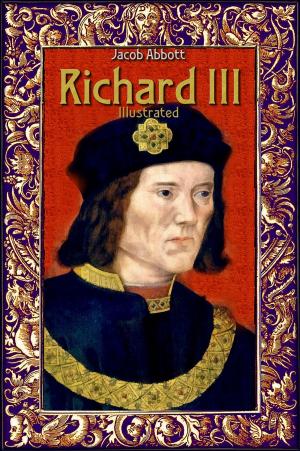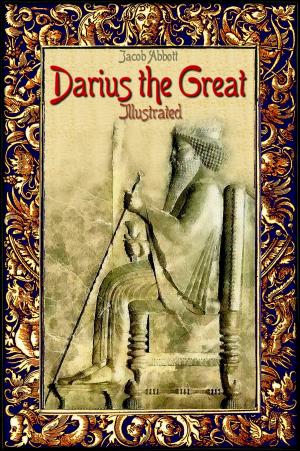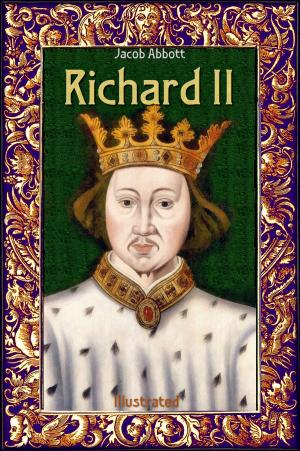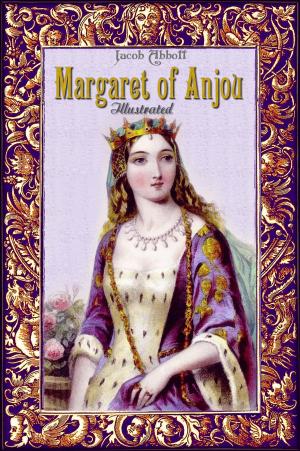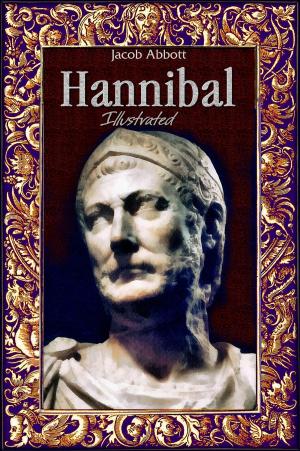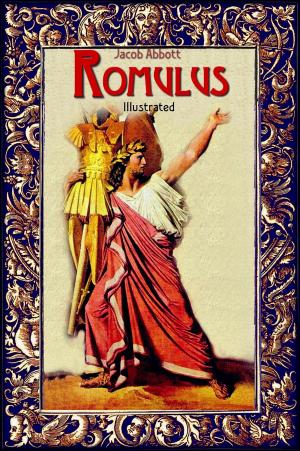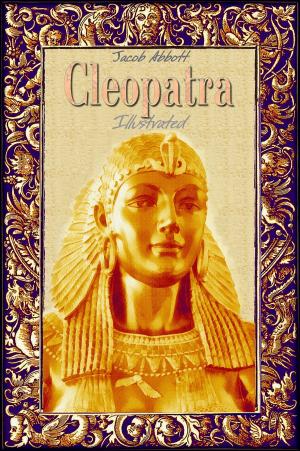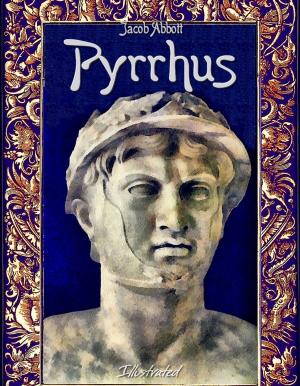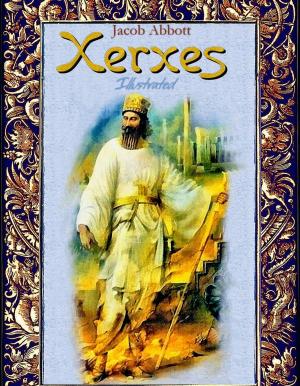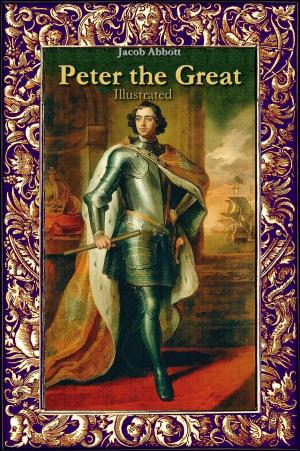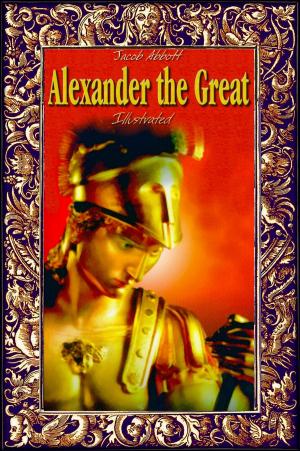| Author: | Jacob Abbott | ISBN: | 1230000252901 |
| Publisher: | History Alive | Publication: | July 17, 2014 |
| Imprint: | 1 | Language: | English |
| Author: | Jacob Abbott |
| ISBN: | 1230000252901 |
| Publisher: | History Alive |
| Publication: | July 17, 2014 |
| Imprint: | 1 |
| Language: | English |
Jacob Abbott (1803 – 1879) was a prolific American writer with vast and complete bibliography. It was not until about 1848 that he and his brother John Stevens Cabot Abbott embarked on the idea of doing a series of biography targeted to young people. His target audience was age "15 to 25", and the Abbott brothers eventually produced a set of biographies that were critically acclaimed, and widely read. Within a few years of their publication, the Abbott biographies became standard reference works of history, and were available in libraries throughout America. They were originally published as the ‘Illustrated History’ series, but were republished many times during the next sixty years in various collections, entitled ‘Famous Characters of History’, ‘Famous Queens of History’, and others. They were most recently republished in the early 1900’s as the ‘Makers of History’ series. In addition to these series, Jacob Abbott wrote at least thirty additional children’s books, as well as many books and articles regarding education for the young, directed at parents and educators. He also wrote several explicitly Christian books, teaching the tenets of Christian theology and moral instruction to the young. Here is what Abraham Lincoln wrote of Abbott's historical series: "I want to thank you and your brother for Abbott’s series of Histories. I have not education enough to appreciate the profound works of voluminous historians, and if I had, I have no time to read them. But your series of Histories gives me, in brief compass, just that knowledge of past men and events which I need. I have read them with the greatest interest. To them I am indebted for about all the historical knowledge I have."
This Abbott's book is about Nero Claudius Caesar Augustus Germanicus (37 – 68) who was Roman Emperor from 54 to 68, and the last in the Julio-Claudian dynasty. He was adopted by his great-uncle Claudius to become his successor, and succeeded to the throne in 54 following Claudius' death. Nero focused much of his attention on diplomacy, trade, and enhancing the cultural life of the Empire. He ordered theaters built and promoted athletic games. During his reign, his general Suetonius Paulinus crushed a revolt in Britain, Nero annexed the Bosporan Kingdom to the Roman Empire and began the First Roman–Jewish War. In 64 AD, most of Rome was destroyed in the Great Fire of Rome, which many Romans believed Nero himself had started in order to clear land for his planned palatial complex Domus Aurea. In 68, the rebellion of Vindex in Gaul and later the acclamation of Galba in Hispania drove Nero from the throne. Facing execution as a public enemy, he committed suicide. His death ended the Julio-Claudian Dynasty, sparking a brief period of civil wars known as the Year of the Four Emperors. Nero's rule is often associated with tyranny and extravagance and he is known for many executions, including that of his mother. He is also infamously known as the Emperor who was an early persecutor of Christians but some contemporary historians question the reliability of ancient sources. This book nowadays is in the public domain, but a great work has been done by Publisher to this version to make an electronic book that contrasts favorably to the original version. A lot of errors that exist in the free versions have been corrected; proper navigation is available or shortly, the ASCII text has been converted into a proper e-book. And the most important, in addition were added new illustrations that help us to see how the History comes to Life.
Jacob Abbott (1803 – 1879) was a prolific American writer with vast and complete bibliography. It was not until about 1848 that he and his brother John Stevens Cabot Abbott embarked on the idea of doing a series of biography targeted to young people. His target audience was age "15 to 25", and the Abbott brothers eventually produced a set of biographies that were critically acclaimed, and widely read. Within a few years of their publication, the Abbott biographies became standard reference works of history, and were available in libraries throughout America. They were originally published as the ‘Illustrated History’ series, but were republished many times during the next sixty years in various collections, entitled ‘Famous Characters of History’, ‘Famous Queens of History’, and others. They were most recently republished in the early 1900’s as the ‘Makers of History’ series. In addition to these series, Jacob Abbott wrote at least thirty additional children’s books, as well as many books and articles regarding education for the young, directed at parents and educators. He also wrote several explicitly Christian books, teaching the tenets of Christian theology and moral instruction to the young. Here is what Abraham Lincoln wrote of Abbott's historical series: "I want to thank you and your brother for Abbott’s series of Histories. I have not education enough to appreciate the profound works of voluminous historians, and if I had, I have no time to read them. But your series of Histories gives me, in brief compass, just that knowledge of past men and events which I need. I have read them with the greatest interest. To them I am indebted for about all the historical knowledge I have."
This Abbott's book is about Nero Claudius Caesar Augustus Germanicus (37 – 68) who was Roman Emperor from 54 to 68, and the last in the Julio-Claudian dynasty. He was adopted by his great-uncle Claudius to become his successor, and succeeded to the throne in 54 following Claudius' death. Nero focused much of his attention on diplomacy, trade, and enhancing the cultural life of the Empire. He ordered theaters built and promoted athletic games. During his reign, his general Suetonius Paulinus crushed a revolt in Britain, Nero annexed the Bosporan Kingdom to the Roman Empire and began the First Roman–Jewish War. In 64 AD, most of Rome was destroyed in the Great Fire of Rome, which many Romans believed Nero himself had started in order to clear land for his planned palatial complex Domus Aurea. In 68, the rebellion of Vindex in Gaul and later the acclamation of Galba in Hispania drove Nero from the throne. Facing execution as a public enemy, he committed suicide. His death ended the Julio-Claudian Dynasty, sparking a brief period of civil wars known as the Year of the Four Emperors. Nero's rule is often associated with tyranny and extravagance and he is known for many executions, including that of his mother. He is also infamously known as the Emperor who was an early persecutor of Christians but some contemporary historians question the reliability of ancient sources. This book nowadays is in the public domain, but a great work has been done by Publisher to this version to make an electronic book that contrasts favorably to the original version. A lot of errors that exist in the free versions have been corrected; proper navigation is available or shortly, the ASCII text has been converted into a proper e-book. And the most important, in addition were added new illustrations that help us to see how the History comes to Life.
